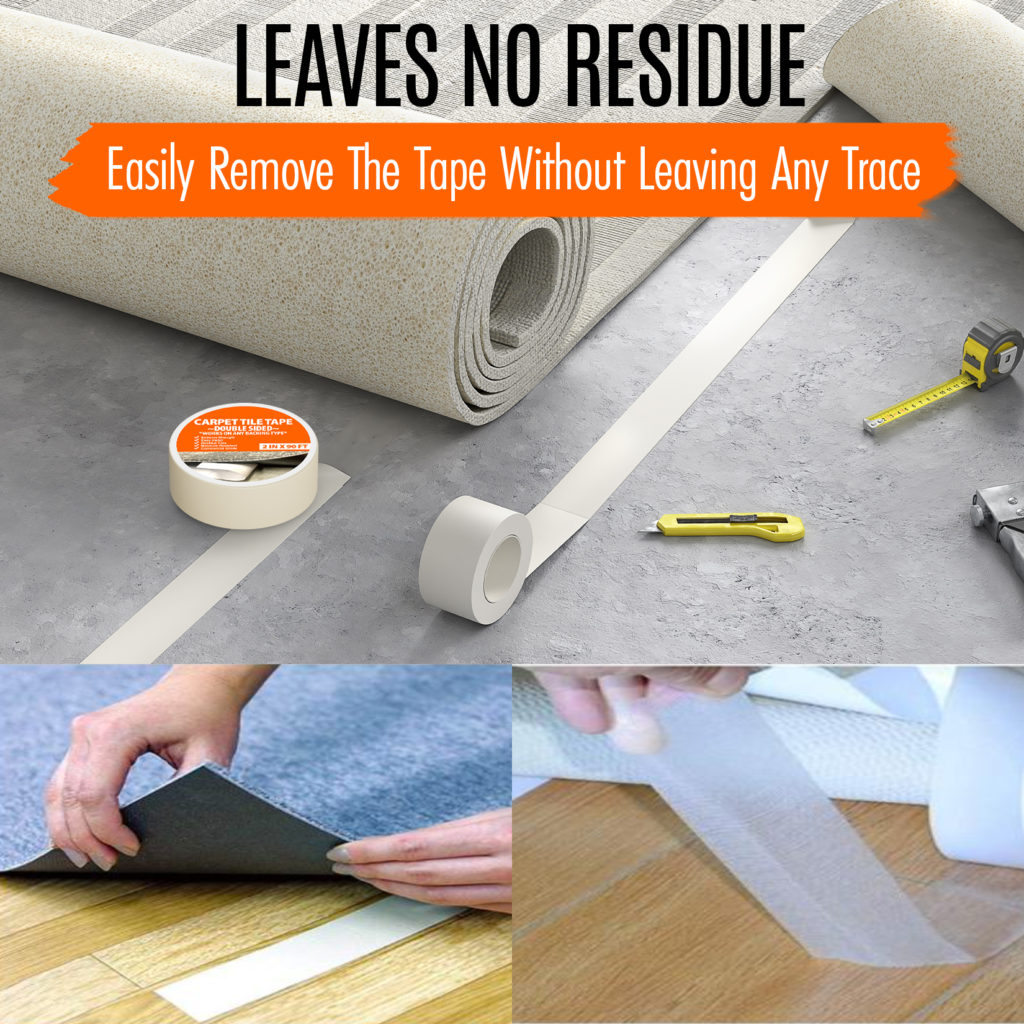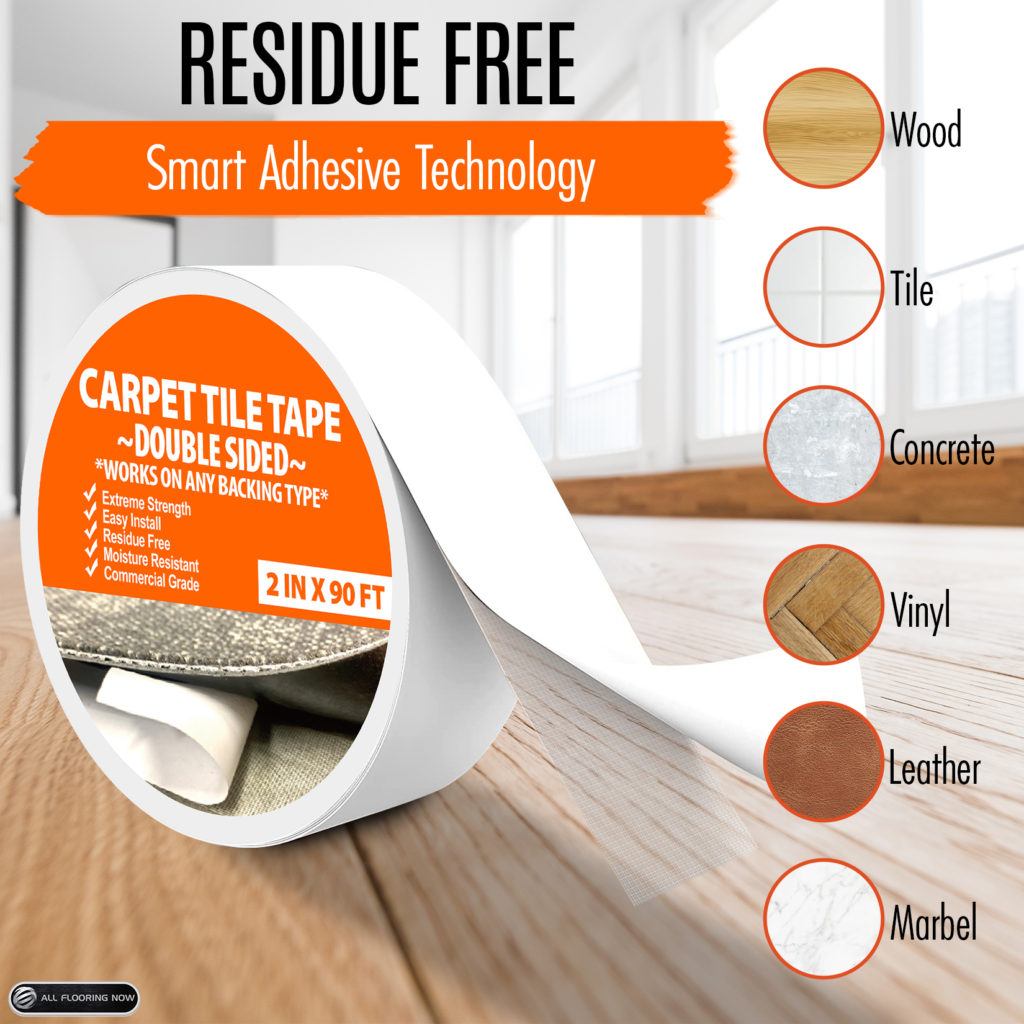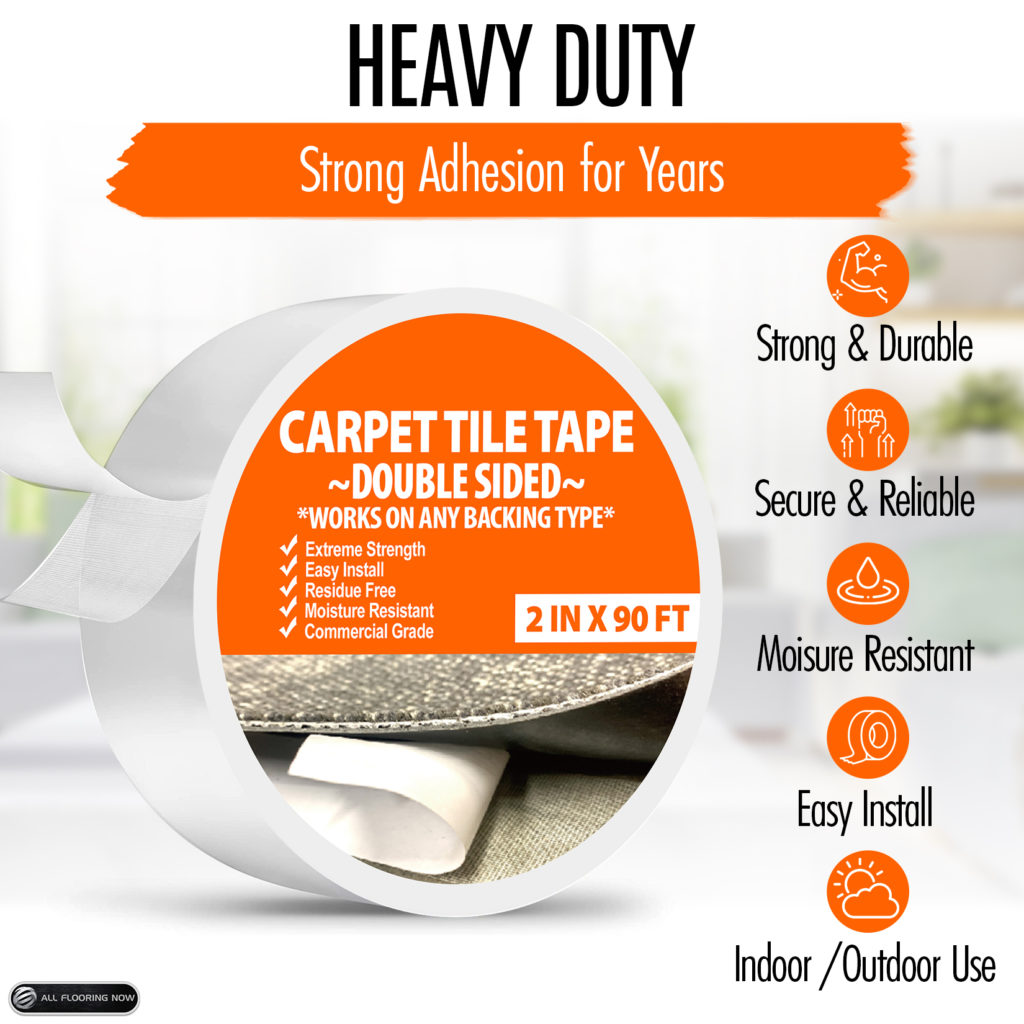What Is The Best Way to Lay Carpet Tiles Without Glue?
Why Consider a Glue-Free Installation?
Before diving into the various methods of installing carpet tiles without glue, it’s important to understand the advantages of going glue-free. There are several reasons why you might want to avoid using glue when laying carpet tiles:
- Easy Removal and Replacement: One of the biggest advantages of using carpet tiles is their modular nature. If one tile becomes damaged or stained, you can easily remove and replace it without having to rip up the entire floor. By not using glue, the process of replacing individual tiles becomes even easier.
- Preserving the Subfloor: When using glue to install carpet tiles, it can sometimes be difficult to remove the adhesive residue when you decide to change or replace the flooring. This can damage the subfloor, particularly if you’re working with concrete or wood. A glue-free installation preserves the integrity of the subfloor.
- Less Mess and Hassle: Applying glue can be messy and time-consuming. A glue-free installation is much cleaner and faster, making it an excellent choice for DIY enthusiasts or those looking to complete a project quickly.
- Reusability: Carpet tiles that haven’t been glued down can be easily lifted and reused in a different area. This makes them a more eco-friendly option and can save money in the long run if you want to change the layout or design of the floor.
- Flexible Installation: If you are installing carpet tiles in a temporary space or a rented property, not using glue allows for a non-permanent installation. You can install and remove the tiles without damaging the floor beneath.
Methods for Installing Carpet Tiles Without Glue
Several methods can be used to install carpet tiles without glue, each of which offers its own advantages. These methods rely on the weight of the tiles, friction, or mechanical fasteners to keep the tiles in place. Below are the best ways to lay carpet tiles without using glue:
1. Carpet Tile Tape
Carpet tile tape is a double-sided adhesive tape specifically designed for securing carpet tiles. Unlike glue, carpet tile tape provides a strong bond without the permanence of traditional adhesives. You can use the tape along the edges of each tile or in key areas to keep the tiles from shifting.
- Advantages: This method provides excellent adhesive strength without the mess or permanence of glue. It is ideal for rooms where you want to avoid movement but still want an easy removal process later on. Carpet Tile Tape also leaves no residue on the floor.
- How to Install:
- Clean and prepare the subfloor, ensuring it is smooth and free of debris.
- Lay out your carpet tiles in the desired pattern.
- Apply the carpet tile tape along the perimeter of the room or on the edges of each tile.
- Press the tiles down firmly onto the tape.
- Tip: Carpet tile tape is especially useful in high-traffic areas or places where you want added security without a full glue-down installation.
2. Peel-and-Stick Carpet Tiles
Peel-and-stick carpet tiles are designed for easy, adhesive-free installation. These tiles come with a built-in adhesive backing covered by a protective film. To install, you simply peel off the film and press the tile down onto the floor.
- Advantages: This method is very simple, with no need for additional adhesive or tools. The tiles stay securely in place, yet they are easy to remove if needed.
- How to Install:
- Clean and prepare the subfloor, ensuring it’s free from dust and debris.
- Begin by laying out the tiles in your desired pattern.
- Peel off the protective film from the backing and press the tiles firmly into place.
- Work from the center of the room outward, aligning each tile carefully.
3. Loose-Lay Carpet Tiles
Loose-lay carpet tiles, as the name suggests, are designed to be laid directly on the subfloor without glue, tack strips, or adhesive. These tiles are typically heavier, with a durable backing that helps them stay in place due to their weight and friction.
- Advantages: This method is particularly good for spaces with low to moderate foot traffic. The tiles can be easily lifted and replaced if needed, and there’s no adhesive to clean up.
- How to Install:
- Prepare the subfloor by cleaning it thoroughly.
- Dry-fit the tiles in the space to determine the layout, starting in the center of the room and working outward.
- Use a utility knife to cut tiles to fit around edges and corners.
- Lay each tile in place, ensuring the edges meet tightly.
- Tip: Loose-lay tiles are ideal for small or medium-sized rooms but may not hold as well in high-traffic areas without some additional stabilization.
4. Interlocking Carpet Tiles
Interlocking carpet tiles feature built-in tabs or grooves that allow them to connect to each other without the need for adhesive. This method works similarly to how puzzle pieces fit together, creating a secure, interlocking surface.
- Advantages: Interlocking carpet tiles are highly stable and less likely to shift over time. This makes them a great choice for high-traffic areas or rooms where you want added security.
- How to Install:
- Start by preparing the subfloor, making sure it is clean and level.
- Begin laying the tiles in one corner of the room and work your way out, connecting the interlocking edges as you go.
- Use a utility knife to cut tiles as needed to fit around obstacles or the edges of the room.
- Tip: While interlocking tiles stay in place securely, they can be more difficult to install in rooms with lots of corners or odd shapes.
5. Floating Carpet Tile Floors
A floating floor is a type of flooring installation where the tiles or planks are not glued down but rather held in place by the weight of the material and the friction between the subfloor and the tiles. Carpet tiles can be installed as a floating floor when laid in a tight, interlocking grid.
- Advantages: This method is easy to install, remove, and replace. It also preserves the subfloor, making it a great choice for renters or temporary spaces.
- How to Install:
- Clean and prepare the subfloor.
- Lay out the carpet tiles, starting from the center of the room.
- Ensure the tiles are fitted together snugly, with no gaps between them.
- Use carpet tile tape along the edges or in high-traffic areas to prevent shifting if necessary.
Best Practices for Laying Carpet Tiles Without Glue
No matter which method you choose, there are a few best practices to keep in mind for a successful, glue-free installation:
- Prepare the Subfloor: Whether you’re installing on concrete, wood, or another surface, the subfloor should be clean, dry, and smooth. Any bumps, cracks, or dirt can affect the fit of the carpet tiles and cause them to shift over time.
- Plan Your Layout: Dry-fit the carpet tiles before committing to a specific layout. Start in the center of the room and work your way outward to ensure even alignment.
- Cut Carefully: Use a sharp utility knife and a straight edge to cut the carpet tiles cleanly. Be especially careful when fitting tiles around walls, corners, or obstacles.
- Secure the Edges: Even if you’re not using glue, securing the edges with carpet tile tape or other fasteners can help prevent shifting, particularly in high-traffic areas.
- Maintain Regularly: After installation, regularly check the tiles to ensure none have shifted or become loose. If any tiles move, you can easily reposition them.
Conclusion
Laying carpet tiles without glue is a straightforward and effective way to create a durable, comfortable floor without the mess or permanence of traditional adhesive methods. Whether you use peel-and-stick tiles, loose-lay options, interlocking systems, or carpet tile tape, there are several glue-free options available to meet your needs. By carefully preparing your subfloor, planning your layout, and securing your tiles properly, you can achieve a professional-looking installation that’s easy to maintain and replace as needed.






